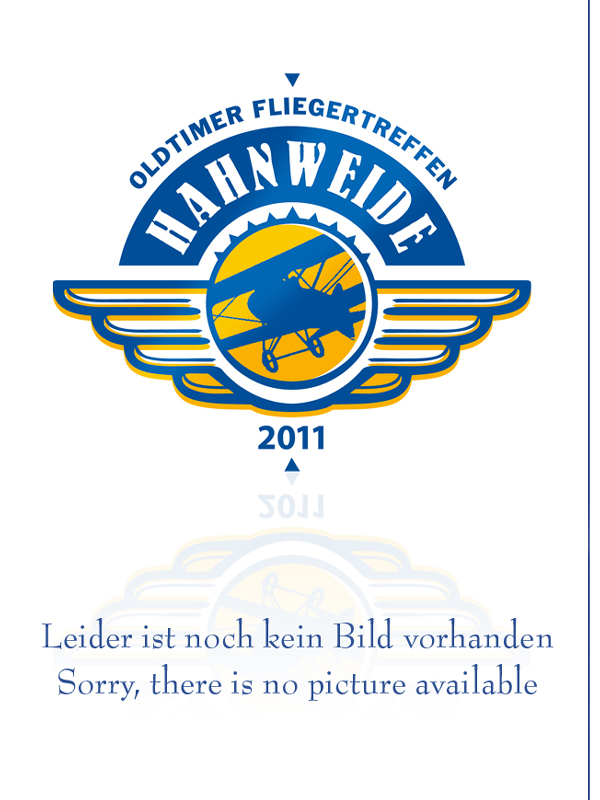 |

G-AJOE
Miles Messenger M.38 Mk IIA
 Baujahr / Built in:
Baujahr / Built in:
1947

Pilot oder Besitzer / Pilot or owner:
Peter Bishop

Stationiert in / Stationed in:
White Walthan EGLM

Motor / Engine:
Blackburg Cirrus Major MK III
 Leistung / Performance:
Leistung / Performance:
155HP
 Abmessungen / Measurement:
Abmessungen / Measurement:
span 36 feet 2 in

Max. Abfluggewicht / Max. takeoff weight:
850

Weitere Informationen / More information
This aircraft G-AJOE crashed in May 2005 in Goes, Mittelzeeland, Holland due to engine failure and hit a obstacle smashing the wings. Aircraft was rebuilt and received C of A in December 2010. Received the Antique Aircraft Company Award at North weald on 2. July 2011(Its used as a spare to my other Messenger G-AJWB which is having its C of A newed)HistoryDesign and developmentThe Messenger was designed to meet a British Army requirement for a robust, slow speed, low maintenance, air observation post and liaison aircraft. The aircraft designed was a cantilever low-wing monoplane with fixed tailwheel powered by the de Havilland Gipsy Major 1D in-line engine. The prototype was converted from a Miles M.28 Mercury and first flew at Woodley on 12 September 1942. The aircraft had a good short field performance but only a small order was placed by the British Royal Air Force for the Messenger I as a VIP transport plane.Wartime users of the aircraft included Field Marshal Sir Bernard Montgomery and Marshal of the RAF Lord Tedder.[edit] Production and operationsMessenger 2A registered in the Netherlands at White Waltham Airfield in 1954After the war the Messenger 2A was built for the civilian market. The production aircraft were built at Newtownards in Northern Ireland and flown to Woodley for final fitting out. After 71 aircraft were built, production of the aircraft by Miles ceased in 1948. Several examples were sold to Australia and others to Argentina, Belgium, Chile, Egypt and South Africa.[1]During the war a prototype aircraft was built as the M.48 Messenger 3 with fully retractable electrically-operated split trailing-edge flaps and a 155 h.p. Cirrus Major III engine. This model was not further developed as it did not provide any advantage over the other variants.[2]When the RAF retired surviving Messenger 1 aircraft in 1948 they were in good condition and most were converted for civilian use as the Messenger 4A.[3]The aircraft was a popular touring and racing aircraft during the late 1940s and early 1950s. In 1954 Harold Wood in G-AKBO won the King's Cup Race air race at 133 mph.[4]Several examples were still flying in the United Kingdom in early 2011 with private owners and flying groups.[edit] VariantsMessenger 1Military production aircraft for the Royal Air Force powered by a Gipsy Major ID, 23 built. Messenger 2ACivil production aircraft powered by the Blackburn Cirrus Major 3, 65 built. Messenger 2BThree-seat variant of the 2A powered by the Blackburn Cirrus Major 3, one built. Messenger 2CSame as the 2A but powered by the de Havilland Gipsy Major 1D, one built. Messenger 3Dual-control variant of the 2A powered by a Blackburn Cirrus Major 3, one built later re-designated the M.48. Messenger 4Same as the 2A but powered by the de Havilland Gipsy Major 10, three built. Messenger 4ACivil version powered by the de Havilland Gipsy Major 1D, one built and 19 converted from Mk I. Messenger 4BOne 4A modified with a de Havilland Gipsy Major 10 engine. Messenger 5One I modified with a Blackburn Bombardier 702 engine. M.38A MarinerThe prototype Messenger was fitted with an arrester hook for trials as a carrier-based anti-submarine aircraft. [edit] Operators United KingdomRoyal Air ForceBoston Air TransportPatrick-Duval AviationTyne Taxis LtdUlster Aviation[edit] Specification (Messenger 2A)General characteristicsCrew: one, pilotCapacity: three passengersLength: 24 ft 0 in (7.32 m)Wingspan: 36 ft 2 in (11.03 m)Height: 7 ft 6 in (2.29 m)Wing area: 191 ft² (17.75 m²)Empty weight: 1,450 lb (659 kg)Max takeoff weight: 2,400 lb (1,091 kg)Powerplant: 1× Blackburn Cirrus Major 3 4-cylinder air-cooled inline engine, 155 hp (116 kW) PerformanceMaximum speed: 135 mph (219 km/h)Service ceiling: 16,000 ft (4,878 m)Rate of climb: 950 ft/min (290 m/min)

|